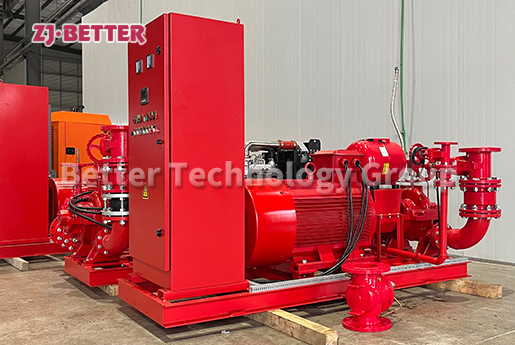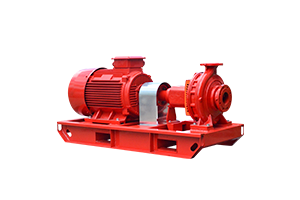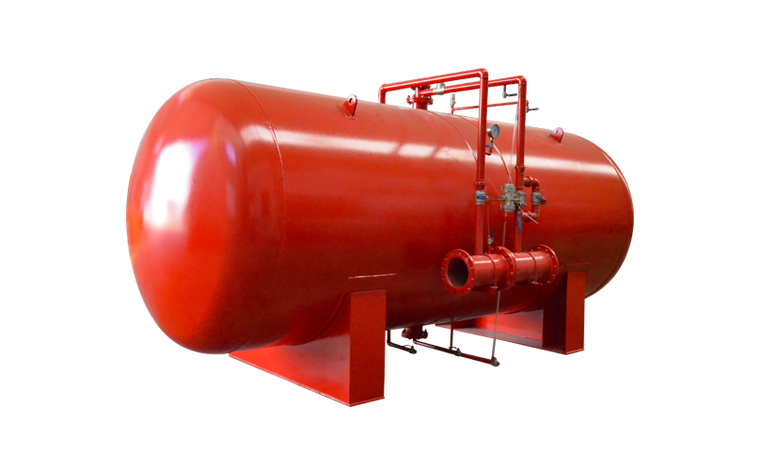How to Install a Fire Pump System Safely?
Nov 22, 2024
Share:
Installing a fire pump system safely requires a detailed approach to ensure compliance with industry standards and optimal functionality. Below is a step-by-step guide:

1. Plan and Prepare
- Consult Fire Safety Codes: Familiarize yourself with local fire safety standards (e.g., NFPA 20) and ensure your installation plan aligns with these requirements.
- Site Assessment: Evaluate the location for accessibility, ventilation, and proximity to water and power sources.
- Choose the Right Equipment: Select the appropriate fire pump system (electric, diesel, or jockey pump) based on the building’s needs, water supply, and pressure requirements.
2. Install Foundation and Mounting
- Lay a Stable Foundation: Install the pump on a vibration-free, level concrete foundation.
- Secure Mounting: Bolt the fire pump, driver, and controller securely to prevent movement during operation. Use vibration isolation pads if needed.
3. Connect Piping
- Suction Piping: Ensure it is properly sized to prevent cavitation and water flow restrictions. Use straight, unobstructed piping between the water supply and the pump.
- Discharge Piping: Install appropriately sized discharge pipes with a flow meter, check valve, and control valve.
- Drain and Vent Piping: Add drains to remove accumulated water and vents to prevent air pockets.
4. Install the Driver and Controller
- Electric Fire Pumps: Connect to a dedicated power supply with proper voltage and capacity.
- Diesel Fire Pumps: Set up fuel tanks, exhaust systems, and batteries for startup.
- Controllers: Position the controller near the pump for easy access. Follow manufacturer guidelines for wiring and control settings.
5. Conduct System Tests
- Hydrostatic Testing: Check the system’s piping and connections for leaks under pressure.
- Operational Testing: Test the fire pump to verify proper operation, ensuring it delivers the required flow and pressure.
- Alarm and Monitoring Systems: Ensure all alarms and monitoring devices function correctly.
6. Implement Safety Features
- Relief Valve: Install a relief valve to manage excessive pressure.
- Guards and Enclosures: Use guards on rotating components to prevent injury.
- Emergency Stop Switch: Install an accessible emergency stop for quick shutdown in case of failure.
7. Train Staff
- Operational Training: Train personnel on system operation, maintenance, and emergency protocols.
- Maintenance Schedule: Establish a maintenance plan for periodic inspections, lubrication, and replacement of worn parts.
8. Verify Compliance
- Inspection by Authorities: Have the system inspected and approved by local fire safety officials.
- Documentation: Keep records of installation, testing, and certification for future reference.

.png)
.png)

.png)


